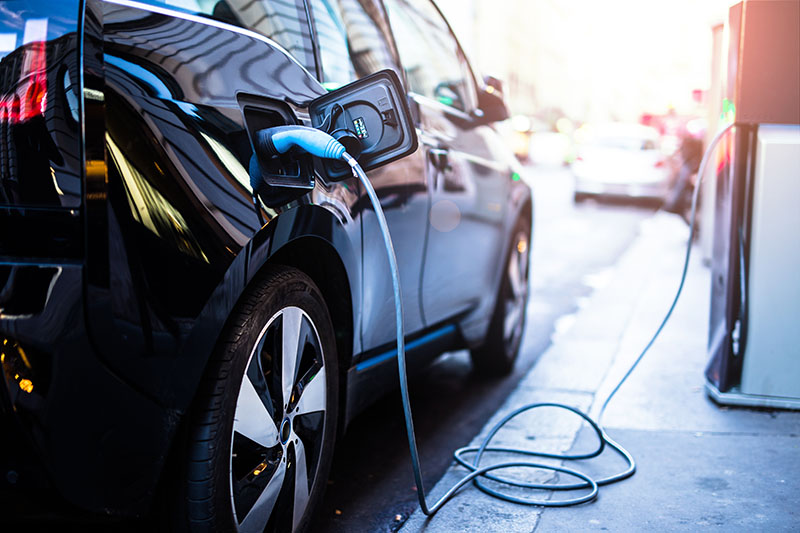Silicon-gel propels electric vehicles further on a single charge
An integrated silicon-gel electrolyte system could make it possible for electric vehicles to travel up to 1,000km on a single charge.

The current range is around 700km, say scientists at Pohang University of Science and Technology (POSTECH)
in South Korea.
Professor Soojin Park, PhD candidate Minjun Je and Dr Hye Bin Son have developed what they call a 'pocket-friendly' and next-generation, high-energy-density, lithium-ion battery system using micro silicon particles and gel polymer electrolytes (GPE).
Je says, 'The specifications for the battery we developed are 413Wh/kg and 1,022Wh/L. Given that the energy density of batteries currently utilised in electric vehicles ranges between 650-750Wh/L, our technology represents a more than 40% enhancement in energy density for electric vehicles.'
Silicon, with its high storage capacity, has the potential to achieve the desired 1,000km battery range, yet bringing silicon into practical use has remained a challenge until now.
The issue is it expands by more than three times during charging and then contracts back to its original size while discharging, affecting battery efficiency.
Using nano-sized silicon partially addresses the issue, but the production process remains complex and expensive.
The POSTECH research team has applied GPEs to develop what they deem is a less expensive, yet stable, silicon-based battery system. They employ an electron beam to form covalent linkages between the micro-silicon particles and gel electrolytes.
Je explains, 'These gels have the unique ability to retain liquid, as well as to absorb external force. Such properties of the gel are crucial in addressing the challenge of severe volume expansion in silicon, particularly benefiting larger micro-silicon particles.
'This innovative method not only mitigates the electrode’s volume changes from a macroscopic perspective, but also allows the stress generated in the silicon core to dissipate from a microscopic viewpoint. Consequently, this approach prevents silicon’s mechanical fractures and the subsequent fading of battery capacity.'
He continues, 'Furthermore, by directly integrating these particles with GPE, we have managed to create a robust structure, both in terms of the silicon itself and the electrodes that contain this material, throughout repeated charging/discharging cycles. This development allows us to produce batteries that are not only stable but also feature a high energy density.'
The battery reportedly exhibits stable performance even with silicon particles of around 5μm, 100 times larger than those used in traditional nano-silicon anodes.
'Having successfully formed direct covalent bonds between micro-silicon particles and GPEs, our next objective involves integrating an electron beam process into the actual battery production line, marking a significant move toward the commercialisation of our technology,' Je says.
He concludes, 'It has been well-known that electron beams can activate or decompose specific chemical bonds, opening up numerous possibilities. Driven by these unique capabilities and the low cost and high energy density of micro-silicon particles, we were inspired to develop a method to form direct covalent bonds between them.'







